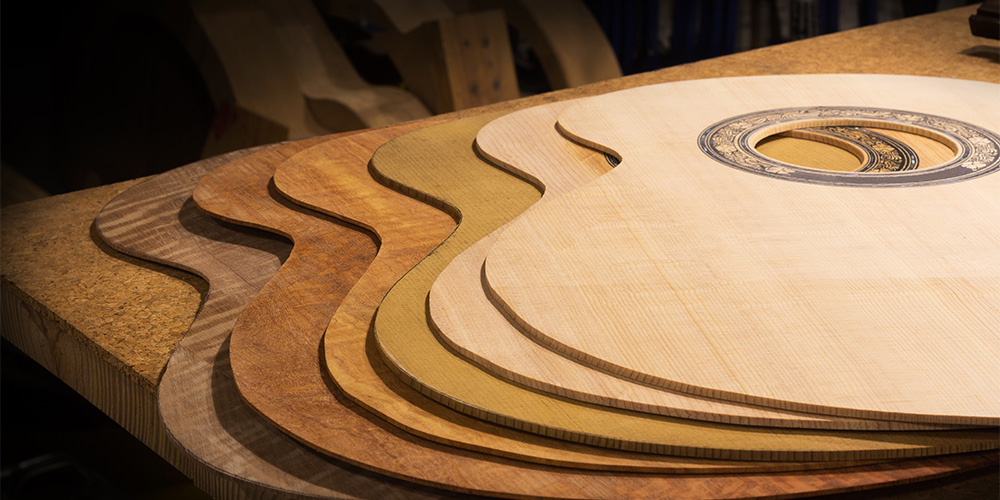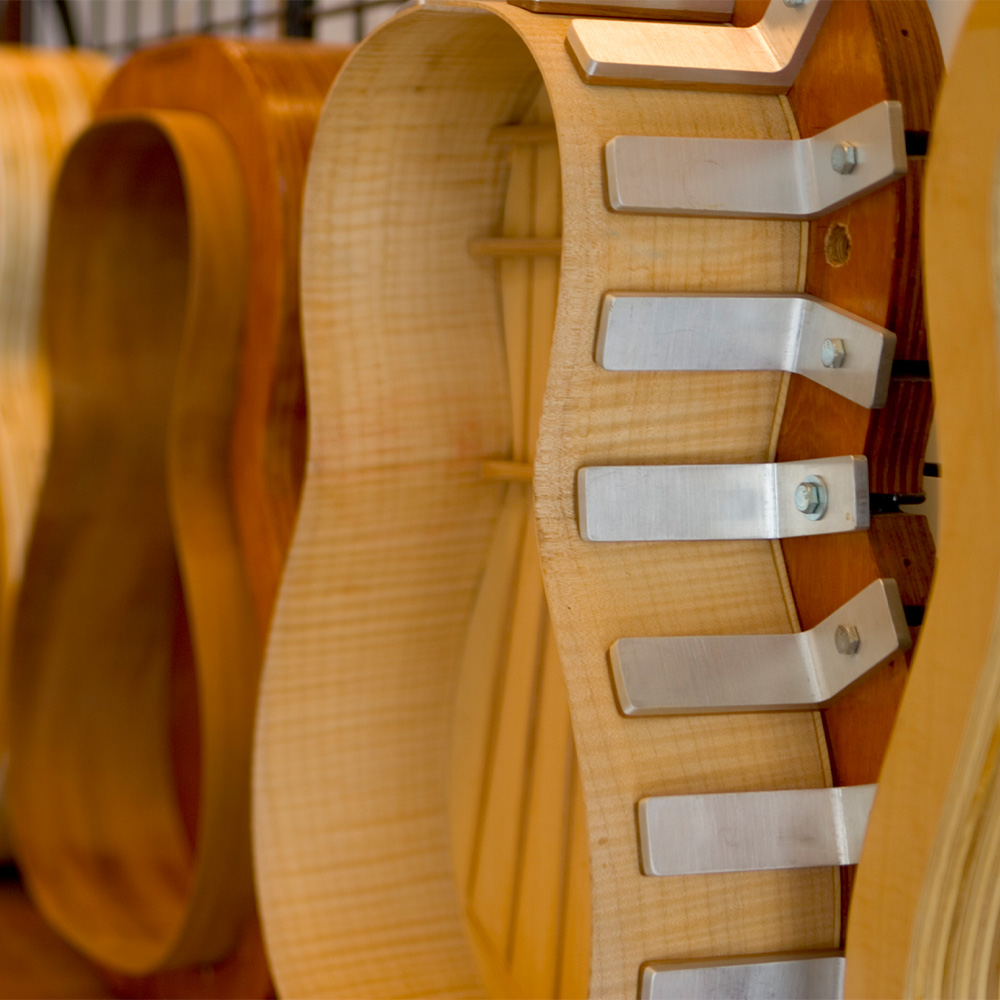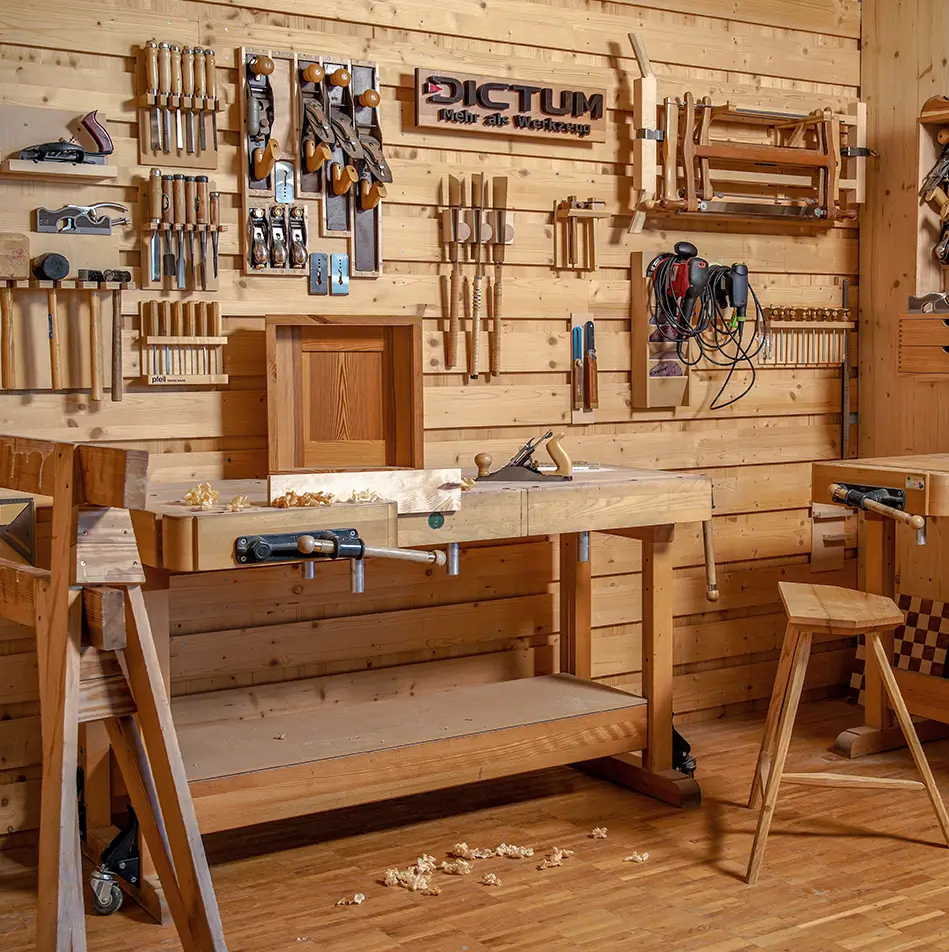Backs with ribs / sides for guitar
- Violin making tools / lutherie tools
- Guitar making tools
- Other tools for string instrument making
- Glues and accessories for string instrument making
- Cleaning / maintenance products for string instruments
- Rosin
- Materials for string instrument making
- Guitar picks & plectra / plectrums
- Peg winders / string winders
- Strings for classical guitar
- Strings for string instruments
- Guitar hard cases & gig bags
- Cases and bags for string instruments
- Surface finishes for string instrument making
- Special offers for string instrument making
Backs with ribs / sides for guitar
EXPERT KNOWLEDGE BACKS WITH RIBS SIDES FOR GUITAR

Backs and sides are central components of a guitar that influence both sound and stability. The back, the back of the body, and the sides, the side parts, are often made from the same tonewoods to ensure harmonious sound development. Typical materials such as rosewood, mahogany or maple offer ideal resonance characteristics and contribute to the tonal balance. Each material provides a specific, characteristic tone colour and gives the instrument an individual aesthetic.
The processing of the woods for guitar sides and backs involves precise drying and storage processes to minimise tension and guarantee longevity. When buying backs and sides for guitar making, you usually receive carefully prepared tonewoods that have been specially selected for the Production of high-quality musical instruments. A typical set consists of mirrored wooden components for the back and matching sides. The mirrored components are split or sawn from a single piece of wood and positioned so that the grain is symmetrical, which is not only aesthetically pleasing but also ensures even vibration. Frames are supplied in matching dimensions, which are based on the common shapes of acoustic guitars. Common dimensions vary depending on the guitar type and shape and are typically in the range of a few millimetres thick.
Further processing of the wood into floors and frames
Preparation
The raw wood supplied must first be brought to the desired thickness. This is often done by planing and sanding, where precision is crucial to ensure optimum sound quality. The woods are often reduced to a thickness of 2-3 mm, depending on the desired sound characteristics.

Shaping the sides
The sides must be moulded into the curved shape of the guitar body. To do this, the wood is first heated, often with a bending device or a hot tube. The heat makes the wood pliable and it can be bent into the desired shape. After cooling, it retains its shape. The bent frames are then fixed in a carcase mould to ensure stability during further processing.
Floor construction
The floor is assembled from the mirrored pieces of wood. The two pieces are glued together at the centre line, which requires precise alignment of the grain. A narrow centre strip of wood or a decorative inlay can be added to increase stability and provide a visual accent.
Finishing
Both back and sides are sanded to create a smooth surface and then often treated with stains or lacquers that do not affect the sound. The final surface treatment protects the wood and emphasises the natural grain.
Properties and advantages
Buying such prepared woods enables luthiers to work with high-quality materials that are precisely matched to each other. The symmetry and careful workmanship not only create a harmonious sound, but also a visually appealing instrument. Whether a classical guitar, acoustic guitar or dreadnought - high-quality sets, such as those available from DICTUM, offer an ideal basis for building a customised acoustic guitar thanks to their precision and quality.











